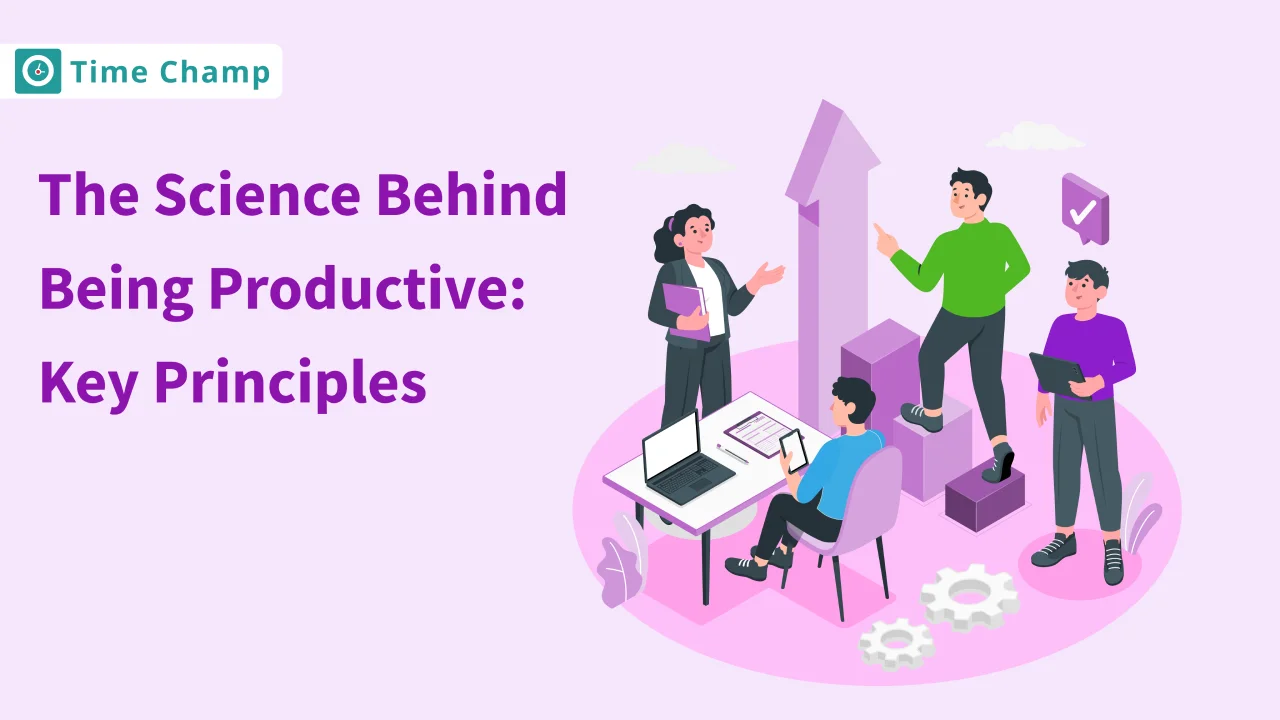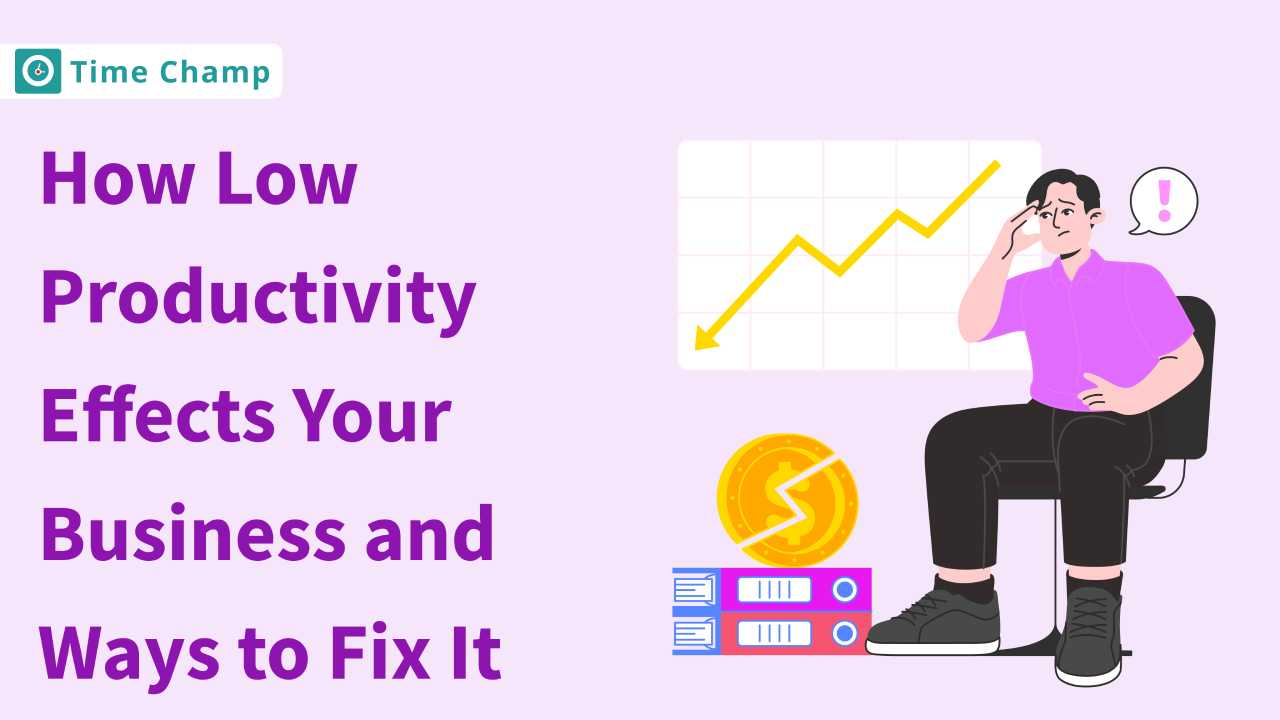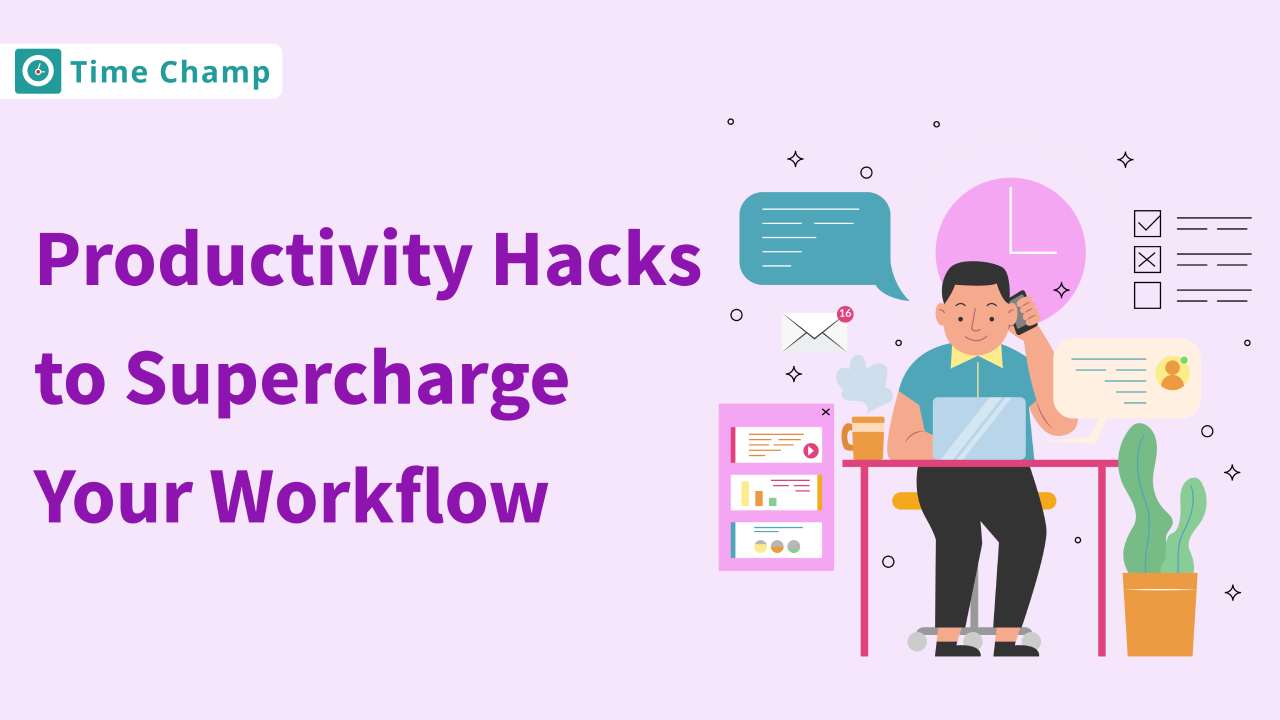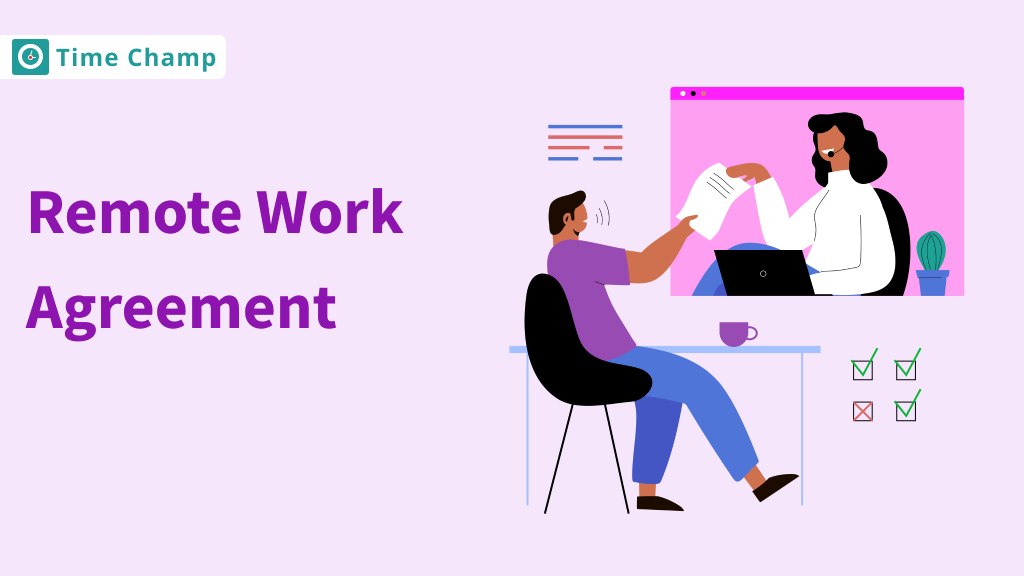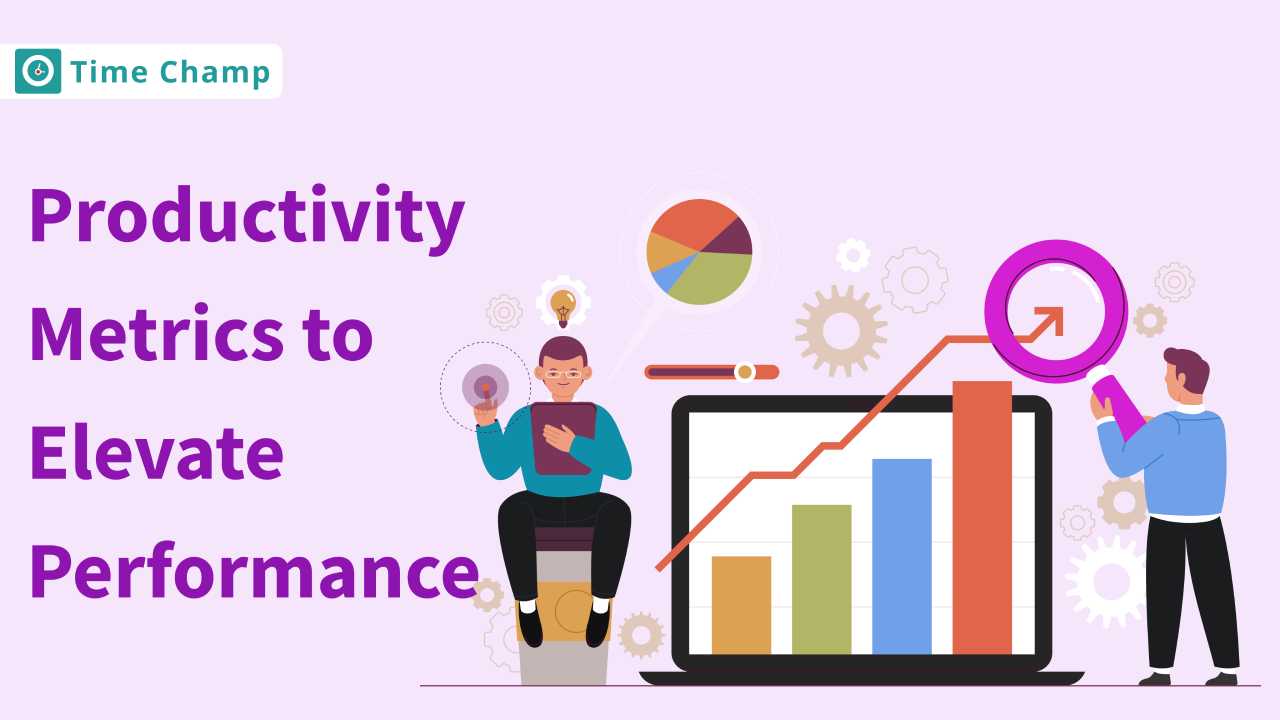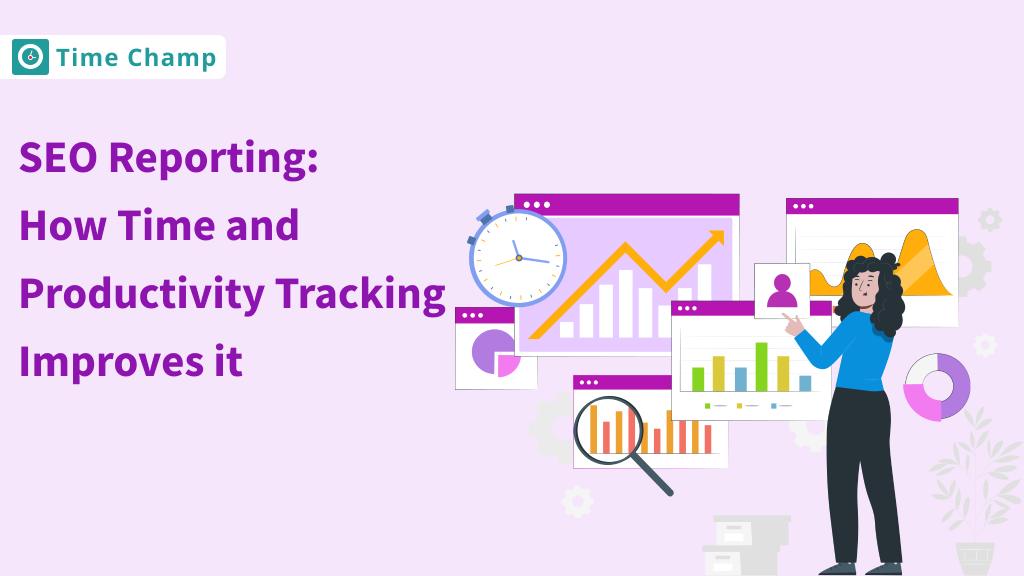Ever wonder why some days you’re a productivity powerhouse and others you’re barely getting by? It’s not just about willpower or coffee kicks; genuine science is at work here! This blog will delve into the brainy side of getting things done.
We’re breaking down the secrets that transform ‘me’ days into highly productive ones, from the nitty-gritty of neurons to the magic of inspiration.
So buckle in and prepare for an exciting exploration into the world of productivity – it’ll be a game changer!
What is productivity?
Okay, let’s get this show started! When we talk about productivity, we aren’t just talking about crossing things off a to-do list. It’s more like discovering gold nuggets buried beneath a mound of effort.
Being effective, you see, means focusing on what truly matters. It’s about making smart choices, not just staying busy for the sake of staying busy.
Have you ever heard of spinning your wheels? That’s when you’re working so hard but not getting anywhere.
Productivity, on the other hand, is the polar opposite. It’s like being a sniper—you aim and hit the target with little effort. Consider this: why run around like a headless chicken when a well-aimed gun can hit the target?
The Brain and Productivity
Now, let’s talk brains. Your brain isn’t just sitting there; it’s the productivity command center. When you’re in the zone, your brain functions like a well-oiled machine, singing along and doing tasks. This magic occurs in the prefrontal cortex, which is in charge of focus and decision-making.
But here’s the kicker: our brains aren’t designed to work indefinitely. Have you ever noticed how your brain seems like it’s swimming through molasses after a while?
That’s because the focus, like a muscle, gets tired. You can’t expect to lift weights all day without stopping, can you? The same is true for your brain. Allow it to rest now and then to keep it sharp.
Okay, so we’ve laid the groundwork. Let’s roll up our sleeves and get to work on the meat and potatoes of productivity!
Key Principles of Productivity
1. Prioritisation Principle
Have you ever heard the expression “You can’t boil the ocean”?
That is what we are discussing here. It’s all about picking your battles in the huge, wild world of productivity.
But here’s the catch: the more options we have, the more difficult it is to pick. That is referred to as decision fatigue. It’s like being in the world’s largest candy store and not knowing what to buy.
Too many options can drain your energy faster than you can say ‘productivity’. The trick? Maintain simplicity. Make fewer but more important decisions.
2. Rest Principle
Let us now discuss taking a break. Stepping away from work may seem paradoxical, yet it is like adding fuel to your productivity fire. Consider it like a pit stop in a race. You’re not squandering time; you’re preparing for a better run.
And don’t forget about sleep! Think again if you think burning the midnight oil is the way to proceed. A good night’s sleep is equivalent to pressing the reset button. It keeps your mind alert and prepared for the day ahead.
Have you ever tried to solve a problem after a long nap? It’s like the answers just come flowing.
Whoa there! Before we get too serious, keep in mind that work does not have to be a drag. Let’s throw some fun into the mix.
3. Principle of Enjoyment
Yes, you read that correctly. Enjoying what you do is a huge productivity enhancer. It’s like putting an extra teaspoon of sugar in your morning coffee; it just makes everything taste better. Find joy in the little things, and your productivity will skyrocket.
And why not make work into a game? Gamification isn’t just a catchphrase; it’s an actual thing. It’s all about making work feel less like a chore and more like a task to be conquered. Leaderboards, points, and awards – who said work couldn’t be enjoyable?
Alright! We’ve gone over some major hitters from the productivity playbook. But hold on, there’s more to this story.
Dealing with Productivity Killers
1. Multitasking and Distractions
Consider yourself juggling five balls in the air, attempting to keep them all aloft. That is an example of multitasking. Doesn’t that sound impressive?
But there’s a catch: it’s a productivity myth. When you switch between tasks, you are not providing your full attention to any of them. It’s like attempting to prepare dinner, watch TV, and talk on the phone all at the same time. Something has to give, and it’s typically your concentration.
Let’s talk about distractions now. They’re like those irritating insects on a summer night, buzzing around and making it difficult to concentrate.
Distractions abound in our hyper-connected world: emails, phone calls, and social media. Whatever you want to call it. What is the key to defeating them?
Make a fortress of concentration. Find your peaceful zone, put on some headphones, or use digital noise-cancelling apps. Keep in mind that out of sight, out of mind.
2. Procrastination
Procrastination, the productivity’s arch-enemy. It’s not just a case of being sluggish. It can be due to fear, perfectionism, or simply not knowing where to begin. It’s like standing at the pool’s edge, dipping your toes in but never diving in.
But don’t worry! You have the ability to defeat this beast. Divide your task into manageable chunks. Instead of tackling a large activity all at once, break it down into smaller pieces. It’s like trying to eat an elephant one mouthful at a time – not that you’d do that, but you get the idea. Set little goals for yourself, and before you realise it, you’ll have climbed the mountain.
Whew, that was a mouthful! But we’re still not out of the woods. Let’s move on to how you can put all of this to use in your daily life.
Improving Productivity in Everyday Life
1. Making a Productive Workplace
Have you ever stepped into a cluttered space and felt your energy slip away?
Because your surroundings may create or break your productivity mojo. It all comes down to establishing the scene. Begin by cleaning up your workspace. A clean desk can lead to a clean mind. It’s like clearing the fog and seeing the path ahead.
However, it is not only about physical space. Your daily routines are just as important. They’re like the beat of your favorite music, setting the tone for the rest of your day.
Make routines that will jumpstart your productivity engine. It may be a morning workout, a favorite soundtrack, or even a cup of coffee. Find out what gets your engine revving and stick to it.
2. Techniques and Tools
We now have more tools at our disposal than a Swiss Army knife in this digital age. There’s a digital solution for practically every productivity difficulty, from apps that help you focus to ones that manage your to-do list. Experiment with various apps to find the ones that are a perfect fit.
But don’t forget about the old-school approaches. Have you ever tried the Pomodoro Technique? It’s similar to interval training for your brain: work for 25 minutes, then rest for 5 minutes. Repeat as necessary. It keeps your mind alert and ready to take on the next activity.
And what about time management? That is game-changing. It’s similar to erecting roadblocks for diversions. Set up certain time limits for different chores and see how much more you get done. It’s about being deliberate with your time – because, let’s face it, time flies when you’re not looking.
Conclusion
That’s all there is to it, guys! The science behind productivity isn’t rocket science. It’s all about figuring out what works for you and tailoring it to your preferences.
Remember that being effective is more important than being busy. So go ahead and give these techniques a shot and watch your productivity skyrocket. Happy hunting for productivity!
Productivity is about doing what matters most efficiently, not just about being busy.
During productive phases, the brain functions like a well-oiled machine, especially in the prefrontal cortex, which is responsible for focus and decision-making.
The 80/20 rule, also known as the Pareto Principle, suggests that 80% of results come from 20% of efforts. It emphasizes focusing on the most impactful tasks.
Breaks are essential as they allow the brain to rest and recharge, similar to how a pit stop in a race prepares for a better run.
Breaks are essential as they allow the brain to rest and recharge, similar to how a pit stop in a race prepares for a better run.
A good night’s sleep acts as a reset for the brain, enhancing focus and problem-solving abilities the next day.
Multitasking is often less productive because it divides attention and can reduce the quality and efficiency of the work done.
Strategies include breaking tasks into smaller steps, setting small goals, and understanding the underlying reasons, like fear or perfectionism.
A productive environment can be created by fluttering the workspace, establishing routines, and using tools or techniques that enhance focus.
The Pomodoro Technique involves working for 25 minutes followed by a 5-minute break. This interval approach helps maintain a high level of focus and prevents burnout.
